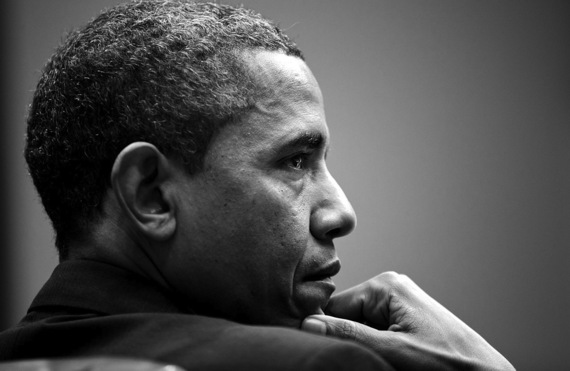President Obama became the first sitting president to set his eyes on federal prison beds during his visit to El Reno federal prison in Oklahoma on Thursday. The president made the stopover as he continues to rally for prison reform.
As he toured the medium security prison, which houses 248 inmates some of which have multi-decade long sentences, Obama pondered what his life would have been like if his well known youthful dalliances with marijuana were to have landed him behind bars. Reports the New York Times, the president viewed a nine-by-10 foot cell, which contained “ three bunks, a toilet with no seat, a small sink, metal cabinets, a little wooden night table with a dictionary and other books.”
This week has seen a number of important efforts towards criminal justice reform in the bid to improve what many see as a very flawed system. President Obama’s speech to the NAACP on Tuesday called for Congress to take up the task. As he spoke, a bipartisan group of lawmakers was working on legislation that aims to introduce widespread reform.
Its completion is drawing near: According to Politico, Senate Majority Whip John Cornyn is confident that legislation may even be seen “in the next week or so." Obama echoes his sentiment, crediting a rare state of mutual agreement between Republicans and Democrats.
Progress comes on the back of months of effort from both parties for a reform bill. Considerable focus has been put on sentencing guidelines in the hope of reducing racial disparities and disproportionate sentencing for nonviolent offenders. The numbers of youth locked up for drug crimes is a particular target.
More than 2.2 million Americans are currently incarcerated, seven times more than 40 years ago, one study found. The resulting problem is overcrowding. While he commended El Reno on being an “outstanding institution,” the three beds to one small cell astonished him. It is an issue that he hopes legislation will tackle head on.
In an interview with the New York Times, NAACP president Cornell William Brooks said that until now prison conditions have been “out of sight and out of mind.” Obama’s visit to El Reno and clear concern regarding the justice system are vital to reform — and marks an important shift in policy.
There are those however who remain skeptical. Fordham University’s professor of criminal justice, John Pfaff, told Al Jazeera that the proposed reforms will not be as ground-breaking as everyone hopes. Indeed, rather than focusing on nonviolent drug offenders, Pfaff sees the need for a discussion on the less comfortable topic of violent offenses. He cites the disparities amongst “violent” classifications in criminal code as a major issue in the justice system.
Nevertheless general agreement is that although progress may be slow, it is at least in the works. That Obama was the first sitting president to see the beds in a federal prison cell is in itself a momentous occasion, giving credibility to his vow to use his last year and a half in office to make a difference.
